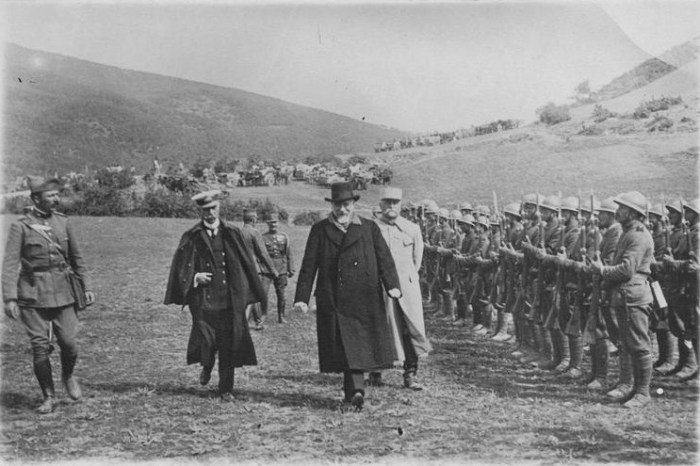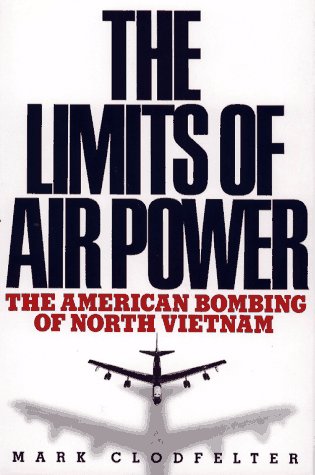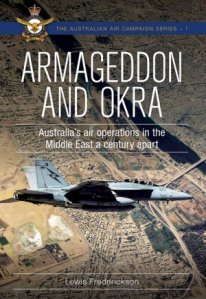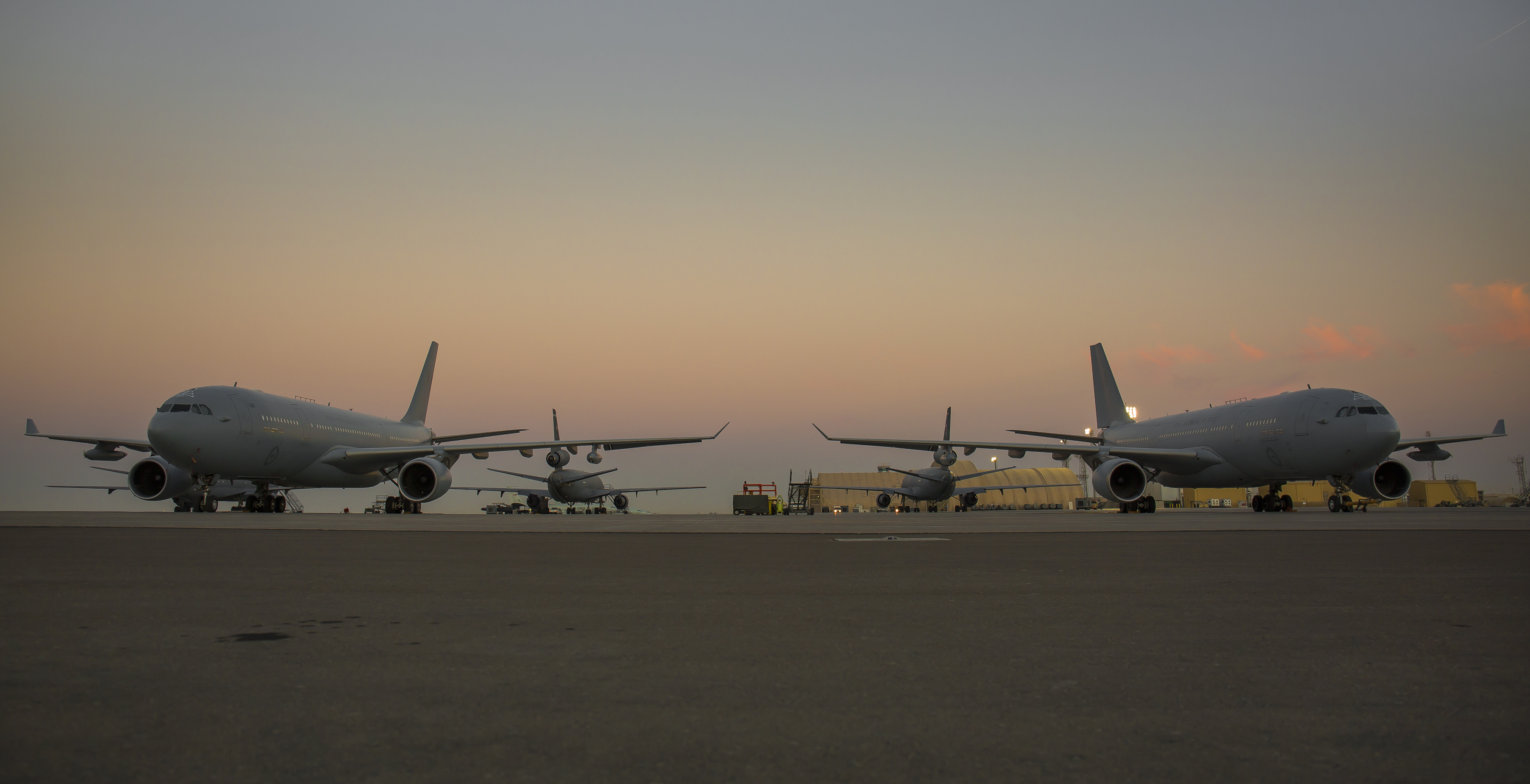By Manolis Peponas
Greek military and naval aviation development would have been delayed if Eleftherios Venizelos had not become Prime Minister of Greece in 1910. Venizelos’ rise to power resulted from Greece’s failures in several areas. Greece, in 1909, was facing several issues, including financial problems, continuous military failures, especially the humiliating defeat in the Greco-Turkish War of 1897and the incapability of the political elite to respond to the masses’ demands, including better preparation of the armed forces, reduction of taxes, and financial stabilisation. Also, in the early 20th Century, Greece remained concerned about the intentions of the Ottoman Empire, especially after the reforms introduced in the wake of the Young Turk Revolution of 1908. These events provided the context and motivation for the early development of Greek air power.
The Goudi Coup and Eleftherios Venizelos
In October 1908, junior Greek Army officers who felt disappointed in the military policy of the Greek government, especially the lack of preparation that had led to defeat in the Greco-Turkish War of 1897, formed the Military League. Their key demand was an increased military budget and modernisation of the Greek Army. Rapidly, the organisation became very powerful, largely due to frustrations within the Greek Army and society. Despite the lack of overt political ambition and a desire to focus on military affairs, the young officers gained the support of the people of Athens. So, on 15 August 1909, the Military League organised a coup that began in Goudi barracks. Prime Minister Dimitrios Rallis resigned on the same day, and his successor, Kyriakoulis Mavromichal, began negotiating with the rebels. Despite the success of the coup, the country’s social problems remained unsolved.[1]
The months after the coup passed without any progress. On the one hand, while the Military League was powerful, it did not wish to create a military junta. However, the government had minimal freedom to act. Also, social problems, such as poverty, lack of education, and social inequalities, presented substantial obstacles, and few politicians could handle them. One who could handle them was Venizelos, a little-known lawyer who lived in Crete, then an autonomous region under the authority of the Sultan of the Ottoman Empire. The revolutionary officers – several of whom were Cretans – called him in Athens on 28 December 1909. There, Venizelos crafted a compromise between the Military League and the politicians to create a prudent political program for his regime. After that, on 15 March 1910, the Military League dissolved itself, expressing the opinion that there was no longer a need to exist. Some months after that, on 6 October 1910, Venizelos was elected Prime Minister.[2] Venizelos dominated Greek politics, serving as Prime Minister seven times before he died in exile in 1936.
Soon after his election, Venizelos, viewed as a man of action rather than an intellectual, aimed to transform Greece into a modern European state.[3] The new parliament passed several laws to improve education, protect individual freedoms, secure civil rights, and boost the economy. Also, realising that a new conflict against the Ottoman Empire was approaching, Venizelos sought to reorganise the Greek military. He held the portfolios of the Military and Naval Ministries. One of his first decisions was to invite a French delegation under General Joseph-Paul Eydoux and a British one under Rear-Admiral Lionel Grant Tufnell. Eydoux led the French Military Mission that arrived in Greece in January 1911 to oversee changes in the Greek Army, including improvements in organisation and tactics, training, and procedures. Grant led the British Naval Mission, which undertook similar work with the Greek Navy. Furthermore, in February 1912, the Greek parliament approved a new bill that divided Greece into four military regions. Each region could generate two divisions in wartime.[4]
The First Greek Pilots
As early as 1909, Russian aviator Simon Utoskin appeared in Greece and flew with his Farman aircraft in the Palaio Faliro region. However, this effort had no connection to official Greek policy.[5] The first flight in Greece was carried out by businessman Emmanouil Argyropoulos, who arrived in Athens with a Nieuport IV.G plane in January 1912. On 8 February, he took off from Rouf aerodrome in the presence of King George I and Venizelos. The Prime Minister followed Argiropoulos on his second flight and baptised his plane, Alkyon).
The arrival of the French Military Mission in 1911 was the key driver in establishing military aviation in Greece. Eydoux, a École Supérieure de Guerre graduate, was a passionate man with progressive ideas about how to modernise the Greek Army. In cooperation with Venizelos, Eydoux examined the possibility of establishing a Hellenic Air Service for the Greek Army that followed the standards of the French Army, which had formed its air service in 1909. Venizelos supported the idea and permitted the young officers to go to France for flying training. First Lieutenant Dimitrios Kamperos, First Lieutenant Michail Moutousis, and Second Lieutenant Christos Adamidis arrived there in the last months of 1911. They formed the nucleus of the Hellenic Air Service established in 1911, and they were trained at Henri Farman’s flying school at the Etampes aerodrome. At the same time, the Greek government ordered some of its first MF.7 Longhorns, which arrived in Athens some months later.[6]
The MF.7, a two-seater aeroplane, was designed and built by Maurice Farman in 1910. It was almost 12 meters long, with a wingspan of 15 meters. It used a 70hp Renault 8C V-8 air-cooled piston engine and could reach a speed of 95 kilometres per hour. Its service ceiling was 4,000 meters. Farman used the prototypes initially for training purposes in his flying school. Furthermore, he and other experienced pilots like Maurice Tabateau, Eugène Renaux, and Farman won several Michelin Prizes flying this aircraft type. France, Greece, Great Britain, Australia, Italy, Spain, Mexico, Belgium, Norway, Japan, Denmark, and Russia operated them during the First World War.[7]

Kamperos was the first military aviator to return to Greece after the first phase of his training in France. On 13 May 1912, he performed his first flight in Greece during the military exercises before the First Balkan War broke out. Two days later, he flew at a height of approximately 1,000 meters, performing reconnaissance missions in nearby lands of Attica region. Both Eydoux and Venizelos watched his landing. The latter constantly expressed a great interest in the Hellenic Air Service, communicating personally with the pilots and trying to cover their training demands. On 27 May, Venizelos baptised the first four planes that arrived in Greece, giving them the names Dedalus, Aetos (Eagle), Gyps (Vulture), and Ierax (Hawk). The public celebrated the ritual, and several wealthy businesspeople were willing to purchase planes.[8]
Kamperos stayed in Athens for three months; in August, he had to return to France for the second training phase. That period was enough for him to perform several daring flights. Also, in June 1912, he modified a Farman plane into a seaplane and landed it without difficulties in front of Venizelos and other officials. Simultaneously, Kamperos’ colleagues continued their training in France. The detachment numbered six pilots: Moutousis, Second Lieutenant Panoutsos Notaras, Adamidis, First Lieutenant Loukas Papaloukas, First Lieutenant Markos Drakos, and Kamperos. The process was interrupted in September because Greece entered the First Balkan War, and the aviators were obligated to return to their motherland.
Greek Military Aviation and The Balkan Wars
In 2011, historian Marc Biondich described the diplomatic and military history of the Balkans as a product of:
The complex multicultural and ethnolinguistic mosaic, which was produced over the centuries by a combination of geography and political history, has come under astonishing duress over the past two hundred years. Indeed, the Balkans as a term and spatial category were born in the modern era, conceived in the nineteenth century as a post-imperial space and legacy of Ottoman decline emerging from the confluence of revolution, war, and Great Power fiat.[9]
During the 19th Century, several national movements developed in the Balkans to challenge the domination of the Ottoman Empire. The creation of small nation-states in the region did not appease their ambitious leaders, including Eleftherios Venizelos, who desired to expand their countries’ borders. This ambition led to the Balkan Wars of 1912-1913, a series of conflicts that significantly reshaped the map of the region. During the Balkan Wars, Greek pilots had the opportunity to gain experience and show their skills.
In September 1912, the four Greek pilots who remained in France were ordered to return to Greece. They formed the nucleus of the recently established Aviation Company based in Larissa. This unit reported to the Hellenic Air Service. Having initially only four Henry Farman aircraft, the Aviation Company conducted mainly reconnaissance missions. In one of them, Kamperos threw hand grenades at his enemies, although he did not manage to cause any casualty. At the same time, new personnel arrived in Larissa because the government allowed civilians with a pilot diploma to enlist in the Aviation Company. The most significant was Argyropoulos, one of Greece’s few experienced aviators. The government also ordered new Maurice Farman aircraft from France. These decisions helped increase the efficiency of the Aviation Company.
The Greek Army occupied Macedonia’s most significant city, Thessaloniki, on 26 October 1912. That caused the pause of the air operations. However, the Aviation Company moved to Epirus in December to participate in the siege of Ioannina. There, the Greek pilots did not limit their action to reconnaissance missions; they also bombed the Turkish positions and provided supplies to their isolated fellow soldiers. After the liberation of Ioannina, Adamidis landed inside the city, highlighting the successful service of the Aviation Company.[10]

Overall, the Balkan Wars significantly impacted Greek military policy regarding aviation. Notably, after the signing of the Treaty of Bucharest in 1913, which ended the Balkan Wars, the efforts to reinforce Greek military aviation continued. Venizelos and the other leading members of his government took the opportunity to understand better the potential of a well-organised Hellenic Air Service with modern aircraft and experienced pilots. It is also noteworthy that Venizelos did not lose his heart when Argyropoulos died in a crash in the Lagadas region on 4 April 1913. This was the Aviation Company’s first loss. Finally, at the beginning of 1913, Moutousis moved to Limnos, where, with Lieutenant Aristides Moraitinis, he organised and experimented with a recently purchased French seaplane for several missions.
Greek Military and Naval Aviation in the First World War
When the First World War began, Greece was politically divided. On the one hand, Venizelos believed the country should be allied with Britain and France because it would allow it to expand Greece’s borders further. On the other side, King Constantine I expressed the opinion that Greece should be neutral, securing whatever it had gained after the recent Balkan Wars. This dispute led to a ‘quiet’ civil war that ended with the deposition of King Constantine I in 1917. After that, Venizelos, supported by Britain and France, declared war on the Central Powers.[11]Meanwhile, Kamperos continued his hard work. He led the Hellenic Air Service, which managed the logistics of military aviation, including the financial administration and the training of the pilots. Also, operationally, an Aviation Company and squadron based in Palaio Faliro, near Athens, reported to the Hellenic Air Service. However, both operational units lacked personnel, aircraft, and fuel. The same thing happened at the Hellenic Naval Air Service until 1917.
In Thessaloniki, where he had organised a rebel government in 1916-1917, Venizelos attempted to merge the air services of the Greek Army and Greek Navy; however, he was unable to achieve his aims due to the backlash of many officers who were afraid that they would lose their autonomy. Nevertheless, Venizelos reorganised the Hellenic Air Service. In September 1917, a specific department was established within the Army Ministry to improve the efficiency of the Hellenic Air Service by undertaking the bureaucratic tasks previously undertaken by the later. There, experienced French personnel supported the Greeks in developing the Greek Army’s aviation capabilities, while an aircraft manufactory was also created. From December 1917 to June 1918, three squadrons were established.[12] These were 531, 532 and 533 Squadron. The former was a fighter unit equipped with Nieuport 24bis and Spad VII/XIIIBreguet 14A2/Β2, while the latter two were bomber-reconnaissance units equipped with Breguet 14A2/Β2.
The Hellenic Air Service participated in several confrontations during the First World War. At the Battle of Skra in 1918, Greek pilots located Bulgarian artillery batteries and guided Greek artillery fire, including counter-battery operations. Additionally, the 531 Squadron, equipped with Spad VII/XIII aircraft, participated in several dogfights against the more experienced Germans to battle for control of the air. However, the most significant role of the army’s squadrons was its participation in fruitful reconnaissance missions and the escort of Entente’s (mainly British) bombers that operated against the Ottoman coasts.[13]
Between 1917 and 1918, the Hellenic Naval Air Service, which had been established in 1915, developed rapidly under the command of Moraitinis, a pro-Venizelist officer who had not hesitated to offer his service to the British in 1916, long before King Constantine I was deposed. The Hellenic Naval Air Service simultaneously trained and took part in several missions, something beneficial for its pilots. One of the most notable moments of the Hellenic Naval Air Service came on 21 March 1917, when Moraitinis bombed the German airdrome of Drama. Moraitinis impressed even his opponents, who witnessed his tremendous action. Moraitinis and his peers also bombed Bulgarian logistical hubs storing food several times and conducted numerous reconnaissance missions. Notably, most of those activities were executed at night under challenging circumstances.
In 1918, the Hellenic Naval Air Service cooperated several times with the British Royal Navy, escorting the latter’s ships operating in the region. One of those missions was the last for Sublieutenant Spyridon Hampas, who had the misfortune of facing the German ace Lieutenant Emil Meinecke. Meinecke had at least seven aerial victories while also training the Turkish pilots. The Germans buried his victim, Hampas, with military honours at the British Chanak Consular Cemetery. He was one of the 18 members of the Corps who lost their lives during the conflict.[14]
At the end of the First World War, four Hellenic Naval Air Service planes flew into Istanbul on 4 November 1918 under the command of Moraitinis. It was a great honour for the Greek airmen because the city was centuries ago the capital city of the Byzantine Empire. After landing at Saint Stefanos’s airdrome, they continued their flight, demonstrating a Greek flag. Unfortunately, that was one of Moraitinis’ last missions as on 22 December 1918, the Breguet 14 he was piloting crashed accidentally near Mount Olympus. He was only 27 years old.[15]

Conclusion
Moraitinis and, before him, Argyropoulos were two of the most notable Greek airmen who died during their service. However, these losses did not stop the evolution of Greek military and naval aviation. All Greek politicians, including Venizelos, envisioned that their country should dominate in the air. Greek pilots had proved their merit during and before the First World War, operating under difficult circumstances. For example, Greek military and naval aviators operated under challenging operational and organisational circumstances, faced more experienced German aviators and executed dangerous missions. Fortunately, some aviators, such as Kamperos and Moutousis, remained in the Hellenic Air Service and Hellenic Naval Air Service, training their successors.
The question remains, however, as to why Greek military and naval aviation succeeded. First, there was the charisma of the Hellenic Air Service and Hellenic Naval Air Service personnel. Men like Kamperos were both soldiers and leaders who loved danger. So, the other pilots admired them and were ready to obey their orders. More importantly, however, Greek politicians, especially Venizelos, showed an early interest in developing Greek military and naval aviation – Venizelos could be considered the real ‘father’ of Greek military aviation. Notably, Venizelos’ decision to request French and British military advisors was an essential step in developing Greek military aviation. Finally, through Greece’s participation in various wars of the 1910s, Greek pilots learned how to fly and manage an air service under wartime conditions: the theatres of the Balkan Wars and the First World War could be considered the real training schools for them.
Emmanouil (Manolis) Peponas is a PhD candidate at the Department of History and Archaeology, National and Kapodistrian University of Athens. He completed his BA and MA studies with honours at the University of Ioannina. As an experienced freelancer, he has worked for remarkable institutions and publishing companies. He is the author of seven books and several articles. His research interests focus on the contemporary military, social and diplomatic history of the Balkans.
Header image: Greek aviators of the Hellenic Naval Air Service at San Stefano aerodrome after the capitulation of the Ottoman Empire, 1918. (Source: Wikimedia)
[1] Mark Mazower, ‘The Messiah and the Bourgeoisie: Venizelos and Politics in Greece, 1909–1912,’ The Historical Journal 35, no.4) (1992), pp. 885-904.
[2] Mazower, ‘The Messiah and the Bourgeoisie.’
[3] Mazower, ‘The Messiah and the Bourgeoisie,’ p. 904.
[4] Thanos Veremis, Military Interventions in Greek Politics, 1916-1936 [Οι επεμβάσεις του στρατού στην ελληνική εξωτερική πολιτική 1916-1936] (Athens: Alexandria, 2018), p. 39.
[5] ‘Hellenic Air Force History: First Steps,’ Hellenic Air Force.
[6] Konstantinos Topalidis, ‘The History of the Air Force in Greece, 1919-1940’ [‘Η ιστορία της Πολεμικής Αεροπορίας στην Ελλάδα, 1919-1940’] (MA thesis, University of Macedonia, 2016), p. 14.
[7] ‘The Maurice Farman Biplane.’ Flight IV, no. 27 (6 July 1912), pp. 603-6.
[8] Topalidis, ‘The History of the Air Force in Greece,’ p. 15.
[9] Mark Biondich, The Balkans: Revolution, War, and Political Violence since 1878 (Oxford: Oxford University Press, 2011), p. 1.
[10] Topalidis, ‘The History of the Air Force in Greece,’ pp. 16-20.
[11] George Kaloudis, ‘Greece and The Road to World War I: To What End?,’ International Journal on World Peace 31, no. 4 (2014), pp. 9-47.
[12] Topalidis, ‘The History of the Air Force in Greece,’ pp. 28-29.
[13] Douglas Dakin, The Unification of Greece 1770-1923 (London: Ernest Benn, 1972), p. 218.
[14] Topalidis, ‘The History of the Air Force in Greece,’ pp. 30-2.
[15] Jon Guttman, ‘Air Attack Over the Dardanelles,’ historynet.com, 23 September 1998.


















